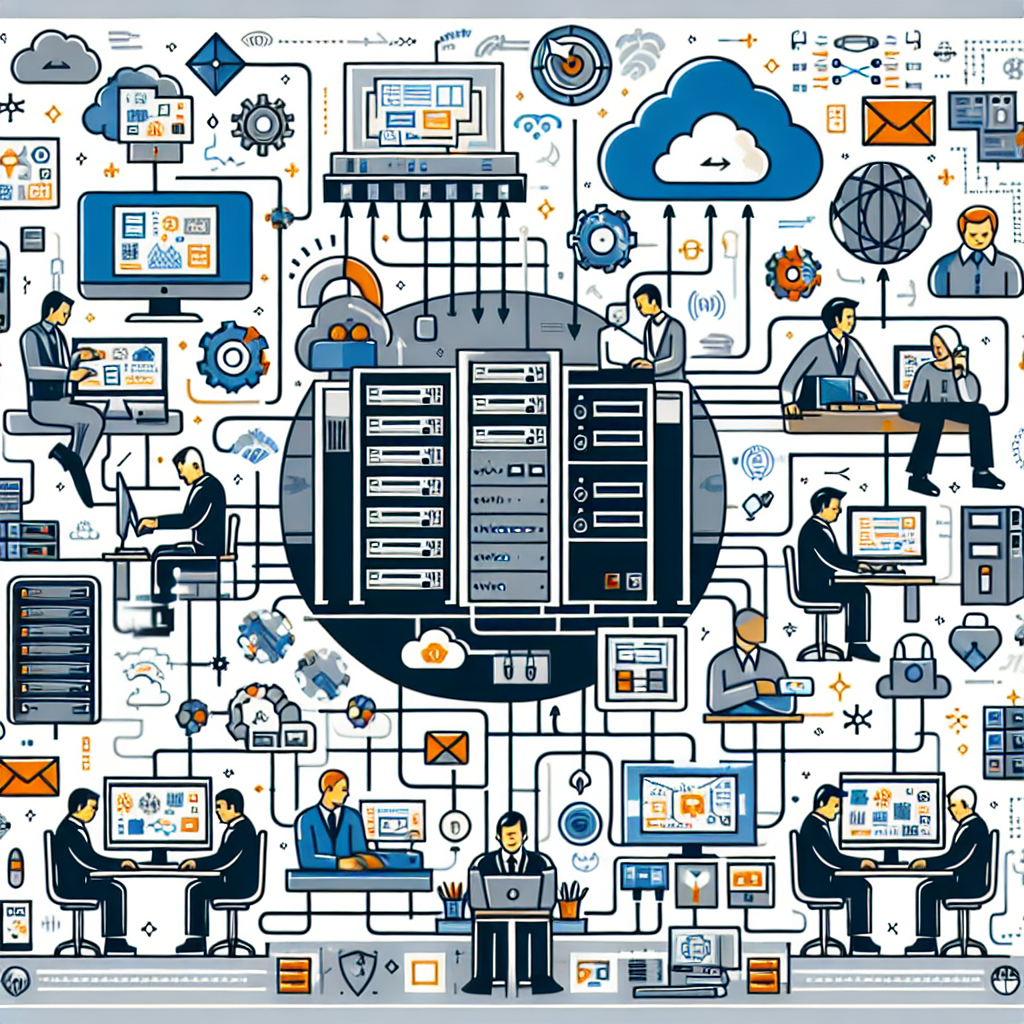Your cart is currently empty!
Best Practices for IT Infrastructure Management in a Remote Work Environment

With the rise of remote work becoming more common in today’s workforce, IT infrastructure management is more important than ever. Managing IT infrastructure in a remote work environment comes with its own set of challenges, but with the right practices in place, businesses can ensure their systems are secure, efficient, and reliable.
Here are some best practices for IT infrastructure management in a remote work environment:
1. Implement a secure VPN: A virtual private network (VPN) is essential for ensuring secure connections between remote employees and the company’s network. It encrypts data and protects it from potential security threats, such as hacking or data breaches.
2. Use multi-factor authentication: Adding an extra layer of security with multi-factor authentication can help prevent unauthorized access to company systems and data. This could involve using a combination of passwords, security questions, and biometric verification.
3. Regularly update software and systems: Keeping software and systems up to date is crucial for preventing security vulnerabilities and ensuring optimal performance. Regularly check for updates and patches, and schedule regular maintenance to keep everything running smoothly.
4. Provide remote IT support: Having a dedicated IT support team available to remote employees can help troubleshoot technical issues quickly and efficiently. This could involve setting up a helpdesk system, offering remote desktop support, or providing online resources for common technical problems.
5. Monitor network performance: Monitoring network performance is essential for identifying any potential issues before they escalate. Use monitoring tools to track network traffic, latency, and bandwidth usage, and address any bottlenecks or performance issues as soon as possible.
6. Backup data regularly: Data loss can occur at any time, so it’s important to regularly back up data to prevent loss in case of a system failure or cyberattack. Consider using cloud storage or an external hard drive for backups, and test the backup process regularly to ensure it’s working correctly.
7. Educate employees on IT security best practices: Remote employees should be educated on IT security best practices, such as using strong passwords, being cautious of phishing emails, and avoiding public Wi-Fi networks. Regular training sessions and reminders can help reinforce these practices and reduce the risk of security breaches.
By following these best practices for IT infrastructure management in a remote work environment, businesses can ensure their systems are secure, efficient, and reliable. With the right tools and protocols in place, remote employees can work effectively and securely, no matter where they are located.

Leave a Reply